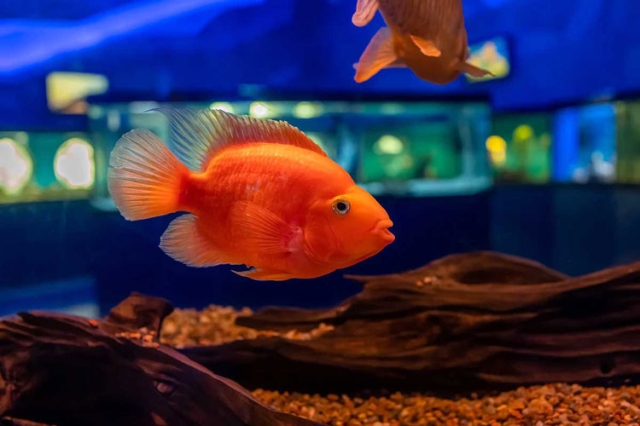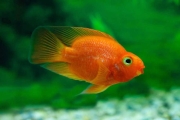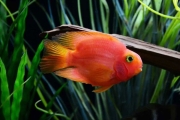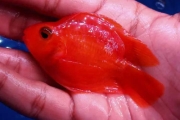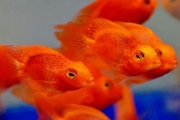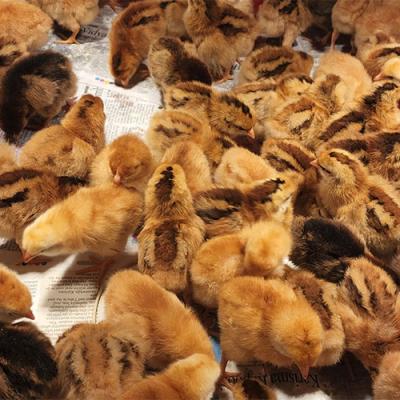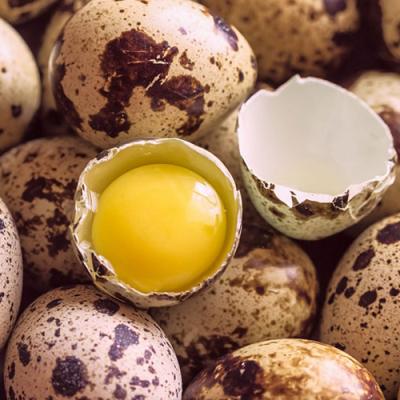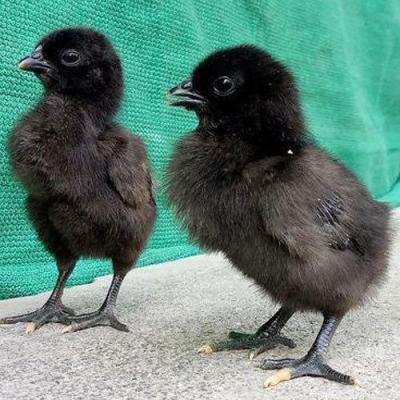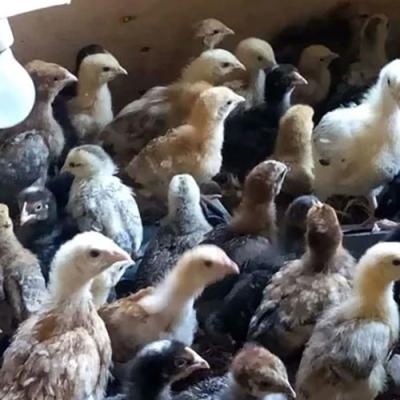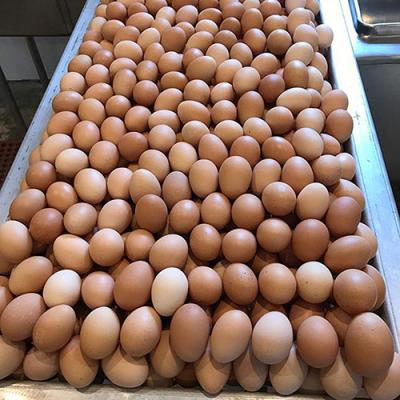Parrot Cichlid Fish
Minimun order 100 fishes
Fish Size: 1.5 to 2 inch
Parrot Fish are a popular choice among freshwater aquarium enthusiasts due to their bright colors, distinctive beak-like mouth, and relatively peaceful nature. They are hybrids, bred from various Cichlid species, and are ideal for hobbyists looking for a visually stunning and easy-to-care-for pet.
Care and Ease of Keeping Parrot Fish
Parrot Fish are generally hardy and easy to care for, making them suitable for both beginners and experienced aquarists. However, there are a few important factors to consider to ensure they thrive in your aquarium:
1. Tank Requirements
- Tank Size: A minimum of 55 gallons is recommended to provide ample swimming space. Parrot Fish can grow up to 8 inches, so they need a larger tank to move around comfortably.
- Water Conditions:
- pH level: Keep the water pH between 6.5 and 7.4.
- Temperature: Maintain a temperature between 75-80°F (24-27°C).
- Filtration: Good filtration is essential as Parrot Fish are messy eaters. A powerful filter will help keep the water clean.
- Water Changes: Perform regular water changes of 20-25% weekly to maintain water quality.
2. Tank Setup
- Substrate: Parrot Fish enjoy digging, so a soft sandy substrate is ideal to prevent injury to their delicate mouths.
- Decoration: Use caves, rocks, and driftwood to create hiding spaces. Parrot Fish are shy and enjoy having places to retreat.
- Lighting: Moderate lighting is recommended. Avoid bright lights as Parrot Fish can become stressed.
3. Feeding Instructions
- Diet: Parrot Fish are omnivores and require a varied diet. You can feed them a mix of high-quality pellets or flakes designed for Cichlids, along with live, frozen, or freeze-dried foods like bloodworms, brine shrimp, and daphnia.
- Vegetables: Offer vegetables like peas, spinach, or lettuce for added nutrients. These should be boiled or steamed to make them easier for the fish to digest.
- Feeding Frequency: Feed them 2-3 times daily, ensuring that they consume all the food within 2-3 minutes to avoid overfeeding and water pollution.
- Supplements: Occasionally supplement their diet with vitamins and minerals to boost their immune system and enhance color vibrancy.
4. Compatibility with Other Fish
- Peaceful Coexistence: Parrot Fish are semi-aggressive, but they generally get along with other peaceful to semi-aggressive species like Silver Dollars, Firemouth Cichlids, and Clown Loaches.
- Avoid Fin-nippers: Avoid housing them with aggressive or fin-nipping fish like Tiger Barbs, which can stress them out.
- Shoal or Alone: Parrot Fish can be kept in groups, but ensure the tank is large enough to avoid territorial disputes.
5. Breeding Challenges
- Parrot Fish are hybrids and often struggle to reproduce naturally. If breeding does occur, the male’s sperm may be infertile. Hobbyists may still notice the female laying eggs, but they are rarely fertilized.
6. Common Health Issues
- Swim Bladder Disorder: Parrot Fish can be prone to swim bladder issues due to their body shape. Overfeeding or poor water quality can exacerbate this condition, so it’s important to avoid overfeeding and maintain clean water.
- Stress: Like many fish, Parrot Fish are susceptible to stress from poor water conditions or aggressive tank mates. Signs of stress include faded colors, hiding excessively, and refusing to eat.
Tips for Keeping Parrot Fish Happy
- Regular Interaction: Parrot Fish are known to recognize their owners and may follow you around the tank or come to the front when it's feeding time.
- Balanced Diet: Keep their diet varied to ensure they get all the necessary nutrients for healthy growth and color enhancement.
- Proper Maintenance: Clean the tank regularly and monitor water parameters to prevent disease and keep your Parrot Fish healthy.
Key Features of Parrot Fish
- Hybrid Cichlid species known for bright colors and unique beak-like mouths.
- Ideal for beginners due to their hardy nature and ease of care.
- Require at least a 55-gallon tank with proper filtration and regular water changes.
- Omnivorous diet consisting of high-quality pellets, live/frozen food, and vegetables.
- Can coexist with other peaceful/semi-aggressive fish but avoid aggressive tank mates.
- Prone to swim bladder disorder; avoid overfeeding and maintain clean water conditions.
- Breeding is rare and challenging due to hybrid infertility in males.
Parrot Fish are visually appealing, relatively low-maintenance fish that can be a joy to keep with proper care and attention to their specific needs. With the right environment and care, these fish can thrive and add vibrant colors to your freshwater aquarium.

